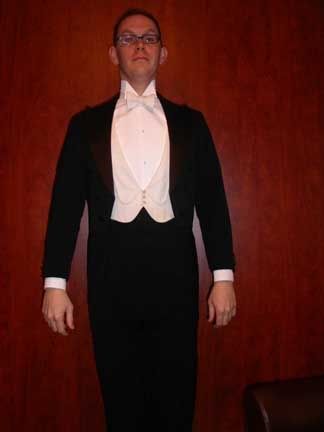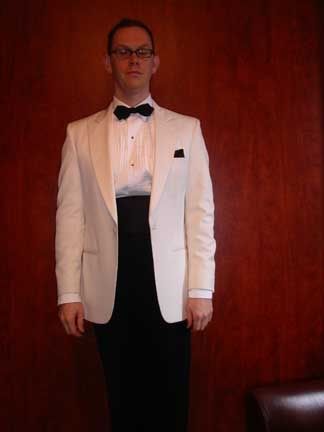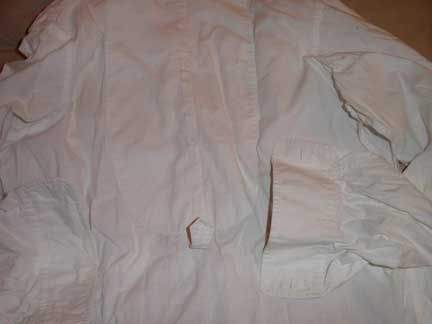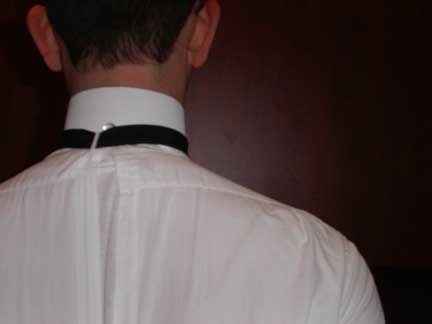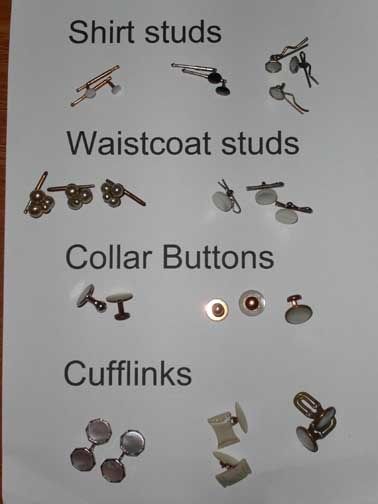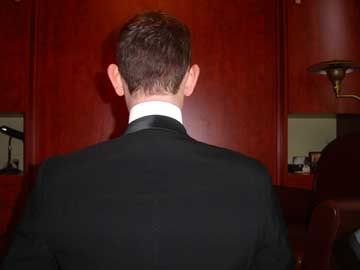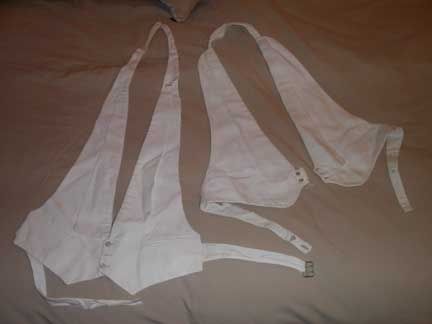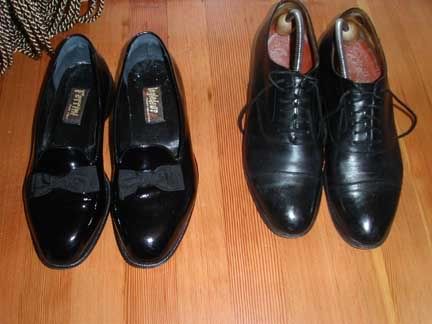Midnight Blue
One of the Regulars
- Messages
- 132
- Location
- Toronto, Canada
Lensmaster said:I have a pleated turndown collar shirt but want to get a wing collar shirt for more formality. I don't think pleats look right with a wing collar, and I don't believe are traditionally accurate. My question is does the wing collar shirt have to have a pique bib or is it appropriate to wear one that is plain cotton?
The original full dress shirt (aka the "boiled shirt") had a heavily starched plain cotton front. The pique bib did not became popular on full dress shirts until the 1920s. Both styles have always been acceptable with black tie (at least in the U.S. - the English are not big fans of pairing the formal wing collar with the semi-formal dinner suit).
As for pleats on a wing collar, while some like Alan Flusser may strongly disagree with its appropriatenes, the fact is that it has been an option for a very long time. I actually have a 1902 reference to such a shirt and the ad below is from 1934.
Peter






